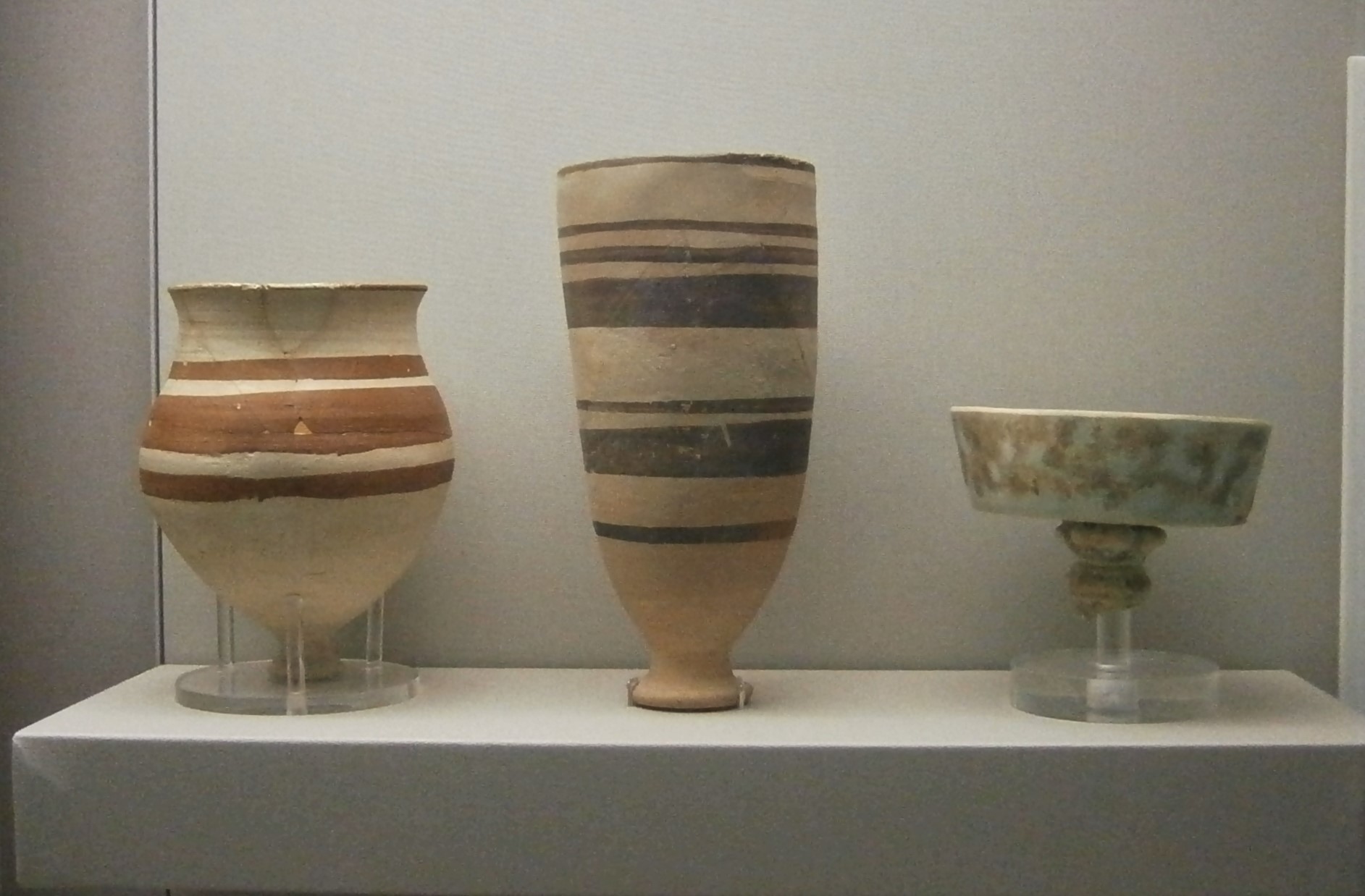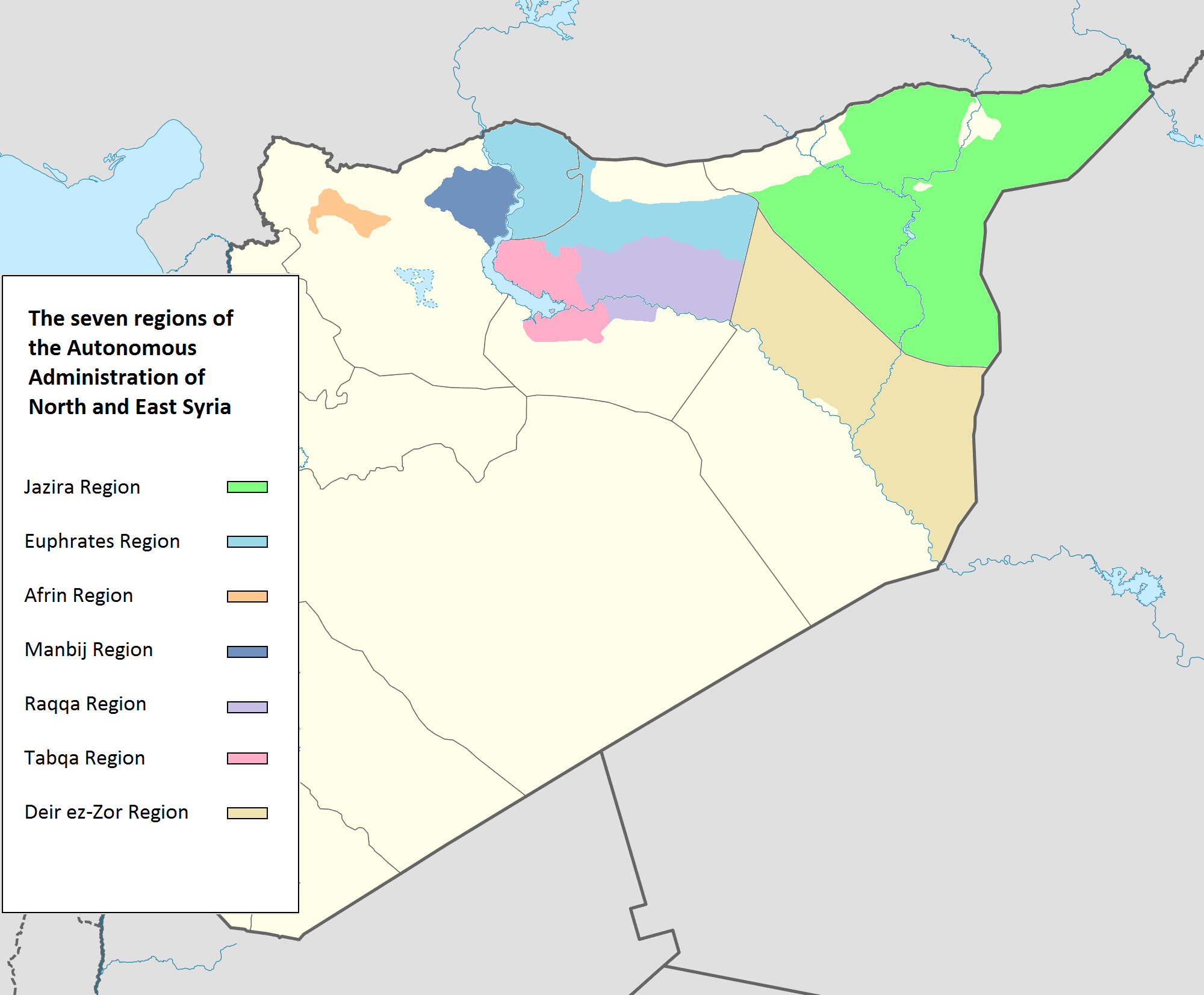|
Saggarâtum
Saggarâtum (sa-ga-ra-tumki) was a city in the ancient Near East which is still unlocated though it is known to have been on the Habur River, a tributary of the Euphrates. In texts from Ebla it is called "Sag-garki". One proposal is that other readings of the name were "Sapiratum" or "Sapirete" though this is generally thought to be a different cities. Another suggestion is that by the 1st millennium BC it had become "Sangarite". Saggarâtum was a river port and known to have been the location of one of the kingdoms icehouses and a source of truffles. In a text from Yaqqim-Addu I, governor of Saggarâtum, to his king Zimri-Lim he wrote: The religion of Saggarâtum is unclear. A deity "Aštabi-Il" was mentioned in documents found at Mari. A deity, Aštabi, was known to have been worshiped at nearby Ebla in the 3rd millennium BC. It is known the cult statutes were held in Saggarâtum. It has been proposed that the Hurrian deities Teshub and Ḫepat were worshiped there though mos ... [...More Info...] [...Related Items...] OR: [Wikipedia] [Google] [Baidu] |
Terqa
Terqa is an ancient city discovered at the site of Tell Ashara on the banks of the middle Euphrates in Deir ez-Zor Governorate, Syria, approximately from the modern border with Iraq and north of the ancient site of Mari, Syria. Its name had become Sirqu by Neo-Assyrian times. Location Terqa was located near the mouth of the Khabur river, thus being a trade hub on the Euphrates and Khabur rivers. To the south was Mari. To the north was Tuttul (Tell Bi'a) near the mouth of the Balikh river. Terqa ruled a larger hinterland. Terqa was always second to Mari, as the valley could hold only one political main center. The region was dominated by arid/non-irrigable land, with a characteristic relationship to water resources and land exploitation. Amorite tribal groups included the Khaeans and Suteans south of Mari. Terqa would politically play to role as a minor provincial center with a governor or a petty local kingdom. History Little is yet known of the early history of Terqa ... [...More Info...] [...Related Items...] OR: [Wikipedia] [Google] [Baidu] |
Tuttul
Tuttul (Akkadian language, Akkadian: tu-ut-tu-ulki, Ugaritic: 𐎚𐎚𐎍 – ) was an ancient Near East city. Tuttul is identified with the archaeological site of Tell Bi'a (also Tall Bi'a) in Raqqa Governorate, Syria. Tell Bi'a is located near the modern city of Raqqa and at the confluence of the rivers Balikh River, Balikh and Euphrates. Archaeology The site has an area of about 40 hectares with the main mound and a few subsidiary mounds surrounded by small mounds which are the remains of a city wall. After studying texts at Mari, Syria, Mari, Georges Dossin traveled to a site he called "Tell Biya" and identified it as Tuttul, ending much speculation as to its location. Tuttul appeared often in the texts from Mari. Excavation was conducted in twelve seasons between 1980 and 1995 by a team from the Deutsche Orient-Gesellschaft led by Eva Strommenger. The focus of the excavation has been on the central mound, Mound E. It was topped by the remains of a Byzantine period, Byzantin ... [...More Info...] [...Related Items...] OR: [Wikipedia] [Google] [Baidu] |
Mari, Syria
Mari (Cuneiform: , ''ma-riki'', modern Tell Hariri; ) was an ancient Semitic people, Semitic city-state in modern-day Syria. Its remains form a Tell (archaeology), tell 11 kilometers north-west of Abu Kamal on the Euphrates, Euphrates River western bank, some 120 kilometers southeast of Deir ez-Zor. It flourished as a trade center and hegemonic state between 2900 BC and 1759 BC. The city was built in the middle of the Euphrates trade routes between Sumer in the south and the Ebla, Eblaite kingdom and the Levant in the west. Mari was first abandoned in the middle of the 26th century BC but was rebuilt and became the capital of a hegemonic East Semitic languages, East Semitic state before 2500 BC. This second Mari engaged in a long war with its rival Ebla and is known for its strong affinity with Sumerian culture. It was destroyed in the 23rd century BC by the Akkadians, who allowed the city to be rebuilt and appointed a military governor (''Shakkanakku''). The ... [...More Info...] [...Related Items...] OR: [Wikipedia] [Google] [Baidu] |
Kingdom Of Khana
The Kingdom of Ḫana (KUR ḫa-ni-i "Land of Ḫana"; Khana) was the Syrian kingdom from Hana Land in the middle Euphrates region north of Mari, which included the ancient city of Terqa. The kingdom was a successor to the Kingdom of Mari and emerged during the decline of the First Babylonian Dynasty. A newer view is that only the initial six rulers lived during that time and that after an interregnum, Khana re-emerged in the Middle Babylonian period under the last six kings. The Low Chronology dating scheme for Hana has gained much support. The kingdom was located in the middle Euphrates close to the junction of Khabur River. Its capital was the town of Terqa or possibly Saggarâtum. Location The kingdom of Hana was located on territories formerly ruled by the sovereigns of Mari. The rulers of Mari held the title "King of Mari, Tuttul and the land of Hana". Since Mari was abandoned after its destruction by Hammurabi in (middle chronology) and Tuttul certainly was not part ... [...More Info...] [...Related Items...] OR: [Wikipedia] [Google] [Baidu] |
Razama
Tell al-Rimah (also Tell ar-Rimah) is an archaeological settlement mound, in Nineveh Province, Iraq, roughly west of Mosul and ancient Nineveh in the Sinjar region. It lies 15 kilometers south of the site of Tal Afar. It has been proposed that its ancient name in the 2nd millennium BC was Karana or Qattara or Razama. Karana and Qattara were very close together and thought to be part of a small kingdom. It has also been suggested that the site's name in the 1st Millennium BC was Zamaḫâ. It is near the circular walled similar archaeological sites of Tell Hadheil, a large Early Dynastic site with Old Babylonian and Neo-Assyrian occupation, and Tell Huweish. Tell Hamira, known earlier as Tell Abu Hamira, is 16 kilometers to the east and has also been suggested as the site of Karana. Currently, archaeology leans toward Qattara as the ancient name of Tell Al-Rimah. Archaeology The site covers an area roughly 25 ha, surrounded by a polygonal city wall. The interior holds a number ... [...More Info...] [...Related Items...] OR: [Wikipedia] [Google] [Baidu] |
Shubat-Enlil
Tell Leilan is an archaeological site situated near the Wadi Jarrah in the Khabur River basin in Al-Hasakah Governorate, northeastern Syria. The site has been occupied since the 5th millennium BC. During the late third millennium, the site was known as Shekhna. During that time it was under control of the Akkadian Empire and was used as an administrative center. Around 1800 BC, the site was renamed "Šubat-Enlil" by the king Shamshi-Adad I, and it became his residential capital. Shubat-Enlil was abandoned around 1700 BC. Geography The site is located close to some other flourishing cities of the time. Hamoukar is about 50 km away to the southeast. Tell Brak is about 50 km away to the southwest, and also in the Khabur River basin. Tell Mozan (Urkesh) is about 50 km to the west. Leilan, Brak and Urkesh were particularly prominent during the Akkadian period. History The city originated around 5000 BC as a small farming village. Early Bronze Early Dynastic IIIA/Ni ... [...More Info...] [...Related Items...] OR: [Wikipedia] [Google] [Baidu] |
Mitanni Empire
Mitanni (–1260 BC), earlier called Ḫabigalbat in old Babylonian texts, ; Hanigalbat or Hani-Rabbat in Assyrian records, or in Egyptian texts, was a Hurrian-speaking state in northern Syria and southeast Anatolia (modern-day Turkey) with Indo-Aryan linguistic and political influences. Since no histories, royal annals or chronicles have yet been found in its excavated sites, knowledge about Mitanni is sparse compared to the other powers in the area, and dependent on what its neighbours commented in their texts. The Hurrians were in the region as of the late 3rd millennium BC. A king of Urkesh with a Hurrian name, Tupkish, was found on a clay sealing dated at Tell Mozan.Salvini, Mirjo. "The earliest evidences of the Hurrians before the formation of the reign of Mittanni." Urkesh and the Hurrians Studies in Honor of Lloyd Cotsen. Urkesh/Mozan Studies Bibliotheca Mesopotamica. Malibu: Undena Publications (1998): 99-115 The first recorded inscription of their language was of T ... [...More Info...] [...Related Items...] OR: [Wikipedia] [Google] [Baidu] |


